
Deutsch-Chinesische Enzyklopädie, 德汉百科
 Indonesien
Indonesien

Indonesien besteht aus einer riesigen Gruppe von 17.508 Inseln, von denen 6.000 bewohnt sind. Das Land liegt in Südostasien zwischen dem Indischen Ozean und dem Pazifik und bedeckt eine Gesamtfläche von 1.904.569 km² (Rang 15 weltweit).
Das Klima ist heiß und feucht, gemäßigter im Hochland.
Überwiegend ebenes Gelände steigt auf größeren Inseln mit Bergen auf Höhen von bis zu 4.884m (Puncak Jaya) an.
Nirgendwo in der Welt gibt es mehr Vulkane als in Indonesien. Von den 76 in der Vergangenheit aktiv gewesenen Vulkanen befinden sich einige bedeutende in bekannten Kaffeeregionen wie Java, Sumatra und Sulawesi.



 Ägypten
Ägypten
 Australien
Australien
 Belgien
Belgien
 Brasilien
Brasilien
 Dänemark
Dänemark
 Deutschland
Deutschland
 Finnland
Finnland
 Frankreich
Frankreich
 Griechenland
Griechenland

 Hand in Hand
Hand in Hand

 Hand in Hand
Hand in Hand
 Führerschein
Führerschein
 Indien
Indien
 Indonesien
Indonesien
 Italien
Italien
 Japan
Japan
 Kanada
Kanada
 Kasachstan
Kasachstan
 Kroatien
Kroatien
 Malaysia
Malaysia
 Mexiko
Mexiko

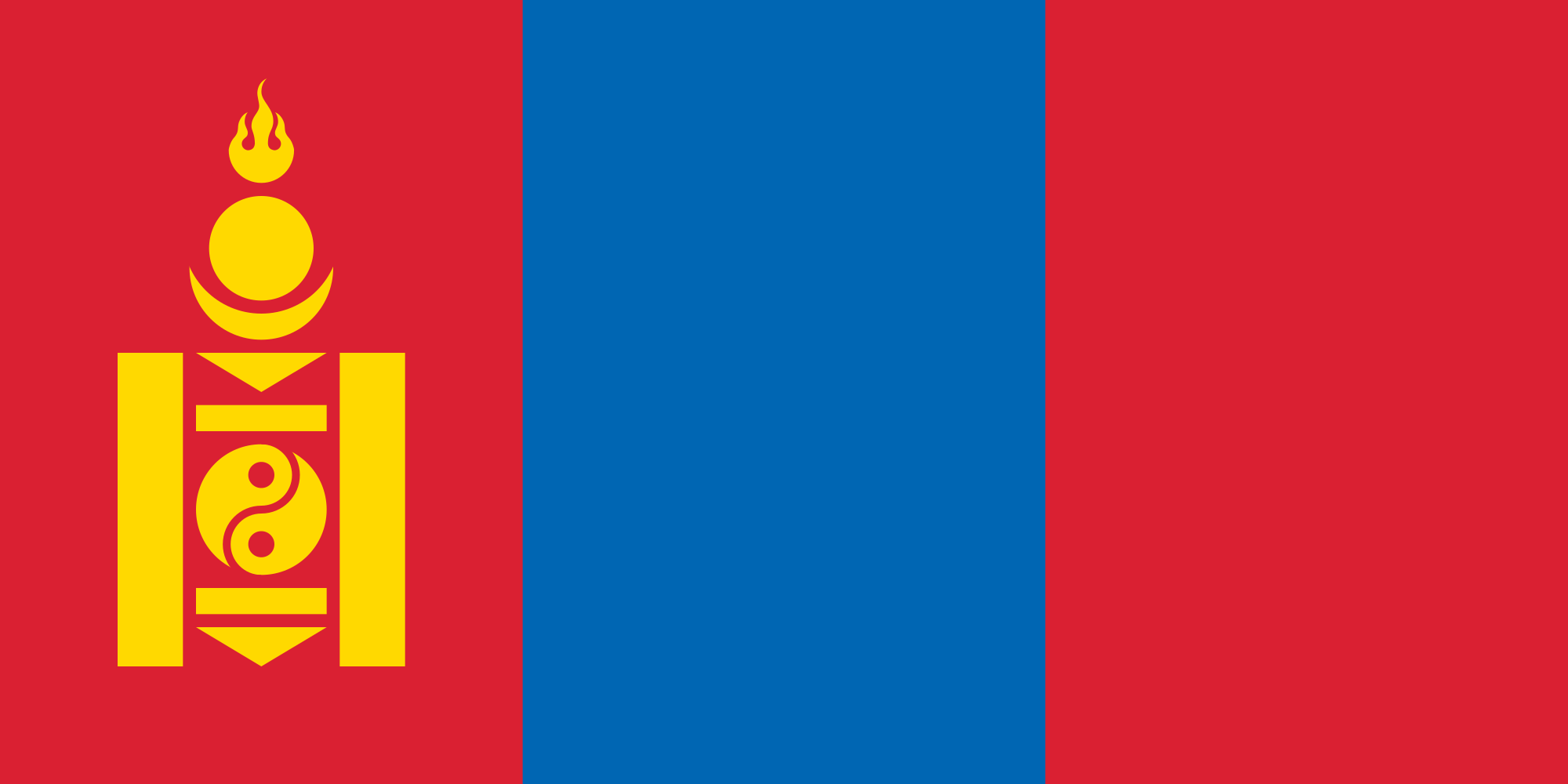 Mongolei
Mongolei
 Neuseeland
Neuseeland
 Niederlande
Niederlande
 NuetzlicheInfo
NuetzlicheInfo
 Österreich
Österreich
 Portugal
Portugal
 Republik Korea
Republik Korea
 Russland
Russland
 Saudi-Arabien
Saudi-Arabien
 Schweden
Schweden
 Schweiz
Schweiz
 Singapur
Singapur
 Spanien
Spanien
 Südafrika
Südafrika
 Thailand
Thailand
 Tschechien
Tschechien
 Türkei
Türkei
 Ungarn
Ungarn

 Urlaub und Reisen
Urlaub und Reisen
 Vereinigte Arabische Emirate
Vereinigte Arabische Emirate
 Vereinigte Staaten
Vereinigte Staaten
 Vereinigtes Königreich
Vereinigtes Königreich
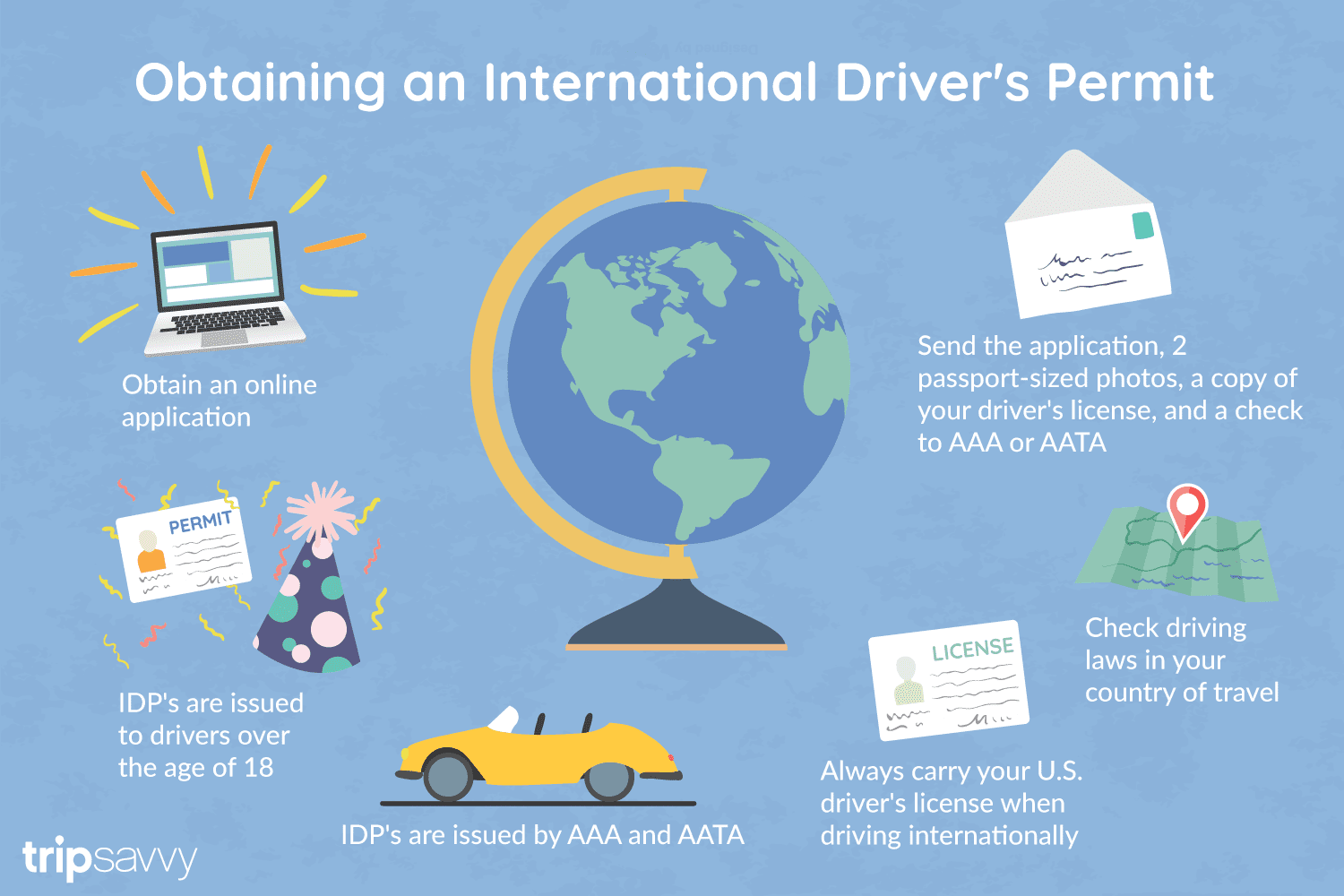
国际驾驶执照(International Driving Permit)依照1949年日内瓦国际道路交通公约及1968年维也纳国际道路交通公约,由公约签署国政府签发,方便本国驾驶员在其他签约国驾驶私人车辆。国际驾驶执照为附加在一国驾驶执照之上的一本附加多国语言的说明,标注了驾驶人的基本信息以及允许驾驶的对应车辆种类等,解决驾驶员与其他国家的交通管理部门之间的沟通障碍。国际驾照不能独立存在,当驾驶员同时持有一国驾照与该国政府签发的国际驾照时,此国际驾照才视作有效。[1]
国际驾驶执照之内容及格式依照维也纳道路交通会议制订,但并非各国均批准该公约。
Ein Internationaler Führerschein ist ein Dokument, das von den Straßenverkehrsbehörden oder Automobilclubs[1] eines Landes aufgrund zwischenstaatlicher Verträge ausgestellt wird. Er soll vor allem der Polizei eines anderen Landes die Feststellung ermöglichen, ob ein ausländischer Kraftfahrer die Fahrerlaubnis hat, die für sein aktuelles Fahrzeug erforderlich ist.
An International Driver's Permit (IDP) allows you to drive a vehicle in another country, as long as you also have a valid driver's license issued by your state. It is also recognized as a proper form of identification in over 175 countries and by many major car rental companies internationally.
Getting an International Driver's Permit (sometimes incorrectly called an international driver's license) can take anywhere from a day to a few weeks, depending on whether you're going through walk-in processing or applying via mail, so make sure to plan ahead if you're planning to drive on your international trip. There are only two locations in the United States that issue these documents: The American Automobile Association (AAA) and the American Automobile Touring Alliance (AATA).
In the United States, International Driver Permits (IDPs) are only issued by the American Automobile Association and the American Automobile Touring Alliance, and the State Department recommends against purchasing an IDP from other outlets as they are all entirely illegal to buy, carry, or sell.
IDPs can be issued to anyone over 18 who has had a valid driver's license for six months or longer. They typically remain valid for one year or the expiration of your existing state driving license. It's essential to investigate an IDP before your trip and make sure you know the requirements.
Both AAA and AATA are excellent sources for these documents, so once you've selected a provider, go to either the AAA's or NAATA's website, print out the International Driving Permit Application, complete all applicable fields, and submit it.
Once you have the application completed, you can send it in via the mail or visit a local office of an organization like AAA; you'll also need two original passport-sized photos and a signed copy of your valid U.S. driver's license as well as an enclosed check for the fee.
Tips to Getting and Using Your Permit
AAA offices can process IDPs during your visit, but processing generally takes 10 to 15 business days if you send the application in. However, expedited services may be available to get your license within one or two business days for an additional fee.
When applying, you'll need a computer and printer, a completed application, a copy of your valid U.S. driver's license, two passport photos, and a check, money order, or credit card to complete the process. Remember to bring these with you if you're applying in person.
Always make sure to carry your valid United States driver's license when driving internationally, as your IDP is invalid without this accompanying proof of eligibility to drive. IDPs only translate domestically-accepted licenses and do not allow those without government-issued driver's licenses to drive abroad.
You'll also want to make sure to enclose the proper fees (the fee for the IDP, as well as any shipping and handling fees), photos, and photocopies of your license when submitting your application to AAA or AATA as omitting any of these required documents will result in your application being rejected.
You should also check the driving requirements and laws for the countries you will be driving in on your vacation, so you'll know what will be required in the event you get stopped by local authorities. (Quelle:https://www.tripsavvy.com/)
 Argentinien
Argentinien
 Australien
Australien
 Belgien
Belgien
 Brasilien
Brasilien
 China
China
 Dänemark
Dänemark
 Deutschland
Deutschland

 Finanz
Finanz
 Internationale Bank für Zusammenarbeit
Internationale Bank für Zusammenarbeit
 Frankreich
Frankreich
 Indien
Indien
 Indonesien
Indonesien
 Internationaler Währungsfonds
Internationaler Währungsfonds
 Camille Gutt
Camille Gutt
 Internationaler Währungsfonds
Internationaler Währungsfonds
 Christine Lagarde
Christine Lagarde
 Internationaler Währungsfonds
Internationaler Währungsfonds
 Dominique Strauss-Kahn
Dominique Strauss-Kahn
 Internationaler Währungsfonds
Internationaler Währungsfonds
 Horst Köhler
Horst Köhler
 Internationaler Währungsfonds
Internationaler Währungsfonds
 Ivar Rooth
Ivar Rooth
 Internationaler Währungsfonds
Internationaler Währungsfonds
 Jacques de Larosière
Jacques de Larosière
 Internationaler Währungsfonds
Internationaler Währungsfonds
 Johan Witteveen
Johan Witteveen
 Internationaler Währungsfonds
Internationaler Währungsfonds
 Michel Camdessus
Michel Camdessus
 Internationaler Währungsfonds
Internationaler Währungsfonds
 Per Jacobsson
Per Jacobsson
 Internationaler Währungsfonds
Internationaler Währungsfonds
 Pierre-Paul Schweitzer
Pierre-Paul Schweitzer
 Internationaler Währungsfonds
Internationaler Währungsfonds
 Rodrigo Rato
Rodrigo Rato
 Internationaler Währungsfonds
Internationaler Währungsfonds
 Kristalina Georgiewa
Kristalina Georgiewa
 Italien
Italien
 Japan
Japan
 Kanada
Kanada
 Malaysia
Malaysia
 Mexiko
Mexiko
 Niederlande
Niederlande
 Nigeria
Nigeria
 Norwegen
Norwegen
 Österreich
Österreich
 Polen
Polen
 Republik Korea
Republik Korea
 Russland
Russland
 Saudi-Arabien
Saudi-Arabien
 Schweden
Schweden
 Schweiz
Schweiz
 Spanien
Spanien
 Südafrika
Südafrika
 Venezuela
Venezuela
 Vereinigte Staaten
Vereinigte Staaten
 Vereinigtes Königreich
Vereinigtes Königreich

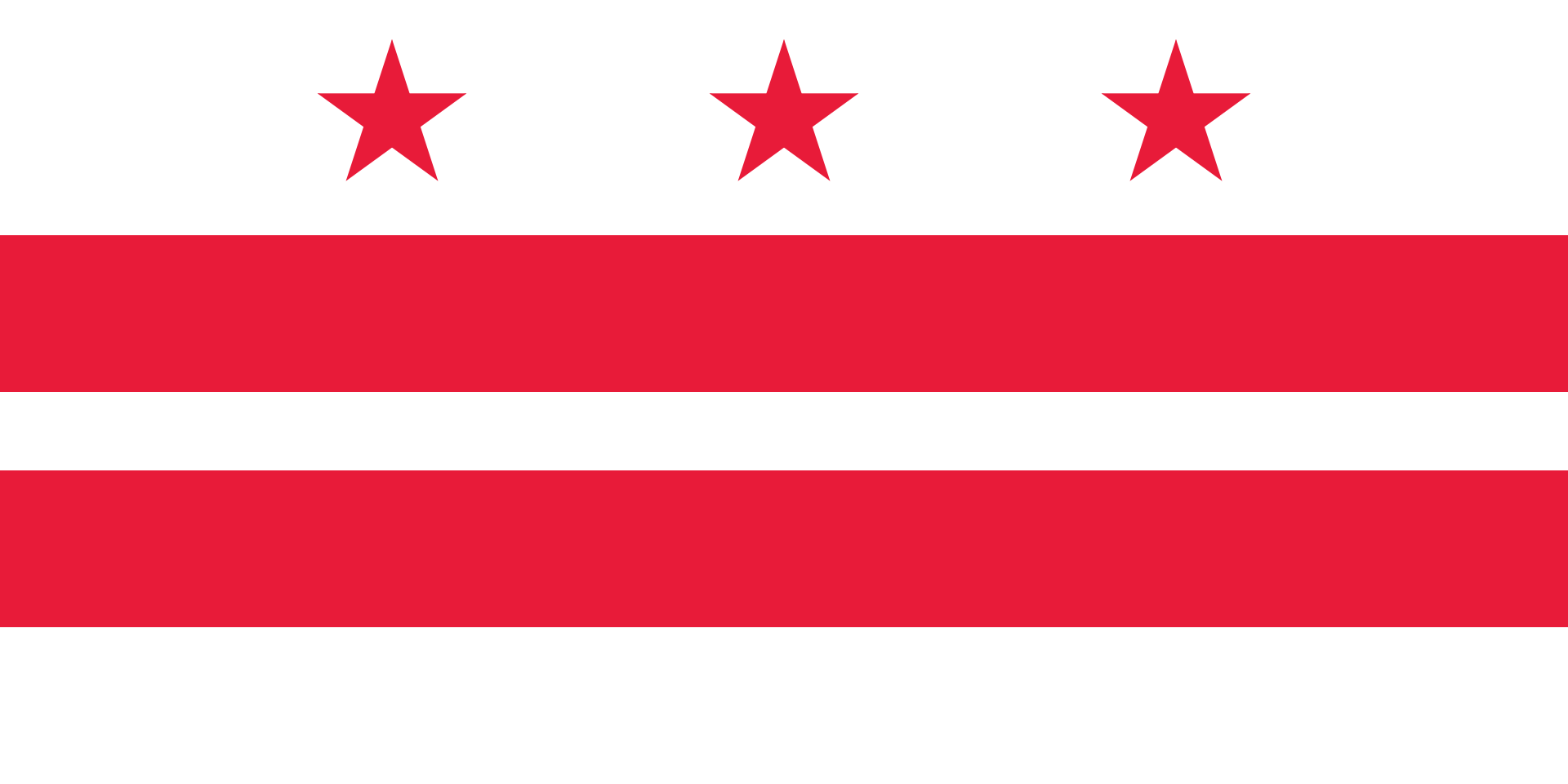 Washington, D.C.
Washington, D.C.

 Wichtige internationale Organisationen
Wichtige internationale Organisationen

 Wirtschaft und Handel
Wirtschaft und Handel
 Wirtschafts- und Politikforschung
Wirtschafts- und Politikforschung

国际货币基金组织(法语:Fonds Monétaire International,缩写:FMI;英语:International Monetary Fund,缩写:IMF)于1945年12月27日成立,与世界银行同为世界两大金融机构,由189个国家组成,致力于促进全球货币合作,确保金融稳定,促进国际贸易。职责是监察货币汇率和各国贸易情况、提供技术和资金协助[3][4][5],确保全球金融制度运作正常;其总部设置于美国华盛顿特区。
Der Internationale Währungsfonds (IWF; englisch International Monetary Fund, IMF; auch bekannt als Weltwährungsfonds) ist eine rechtlich, organisatorisch und finanziell selbständige Sonderorganisation der Vereinten Nationen mit Sitz in Washington, D.C., USA.
Hauptaufgabe des IWF ist die Vergabe von Krediten an Länder ohne ausreichende Währungsreserven, die in Zahlungsbilanzschwierigkeiten geraten sind. Weitere Tätigkeitsfelder sind die Förderung der internationalen Zusammenarbeit in der Währungspolitik, Ausweitung des Welthandels, Stabilisierung von Wechselkursen, Überwachung der Geldpolitik und technische Hilfe.
Der IWF und seine Schwesterorganisation Weltbank haben ihren Ursprung im 1944 geschaffenen Bretton-Woods-System fester Wechselkurse, das auf der damals mit Gold gedeckten Leitwährung US-Dollar beruhte. Sie waren als internationale Steuerungsinstrumente geplant, mit denen eine Wiederholung der Währungsturbulenzen der Zwischenkriegszeit und der Fehler des Goldstandards aus den 1920er Jahren verhindert werden sollte. Beide Organisationen werden daher als Bretton-Woods-Institution bezeichnet. Die Kreditvergabe des IWF ist an wirtschaftspolitische Auflagen geknüpft, die die Rückzahlung der Kredite sichern sollen. Anders als der IWF vergibt die Weltbank auch Kredite für spezielle Projekte.
Der IWF hat zurzeit (Stand April 2020) 189 Mitgliedstaaten, deren Stimmrecht sich an ihrem Kapitalanteil orientiert. Die Mitgliedstaaten mit den größten Stimmanteilen sind: USA 16,51 %, Japan 6,15 %, China 6,08 %, Deutschland 5,32 %, Frankreich 4,03 %, Vereinigtes Königreich 4,03 % und Italien 3,02 %. Von den deutschsprachigen Ländern haben außerdem Luxemburg 0,29 %, Österreich 0,81 % und die Schweiz 1,18 % Stimmenanteile.[4]
Beschlüsse müssen im IWF mit einer Mehrheit von 85 % getroffen werden. Dadurch verfügen jeweils die USA allein und die EU-Staaten gemeinsam de facto über eine Sperrminorität.[5]
国際通貨基金(こくさいつうかききん、英語: International Monetary Fund, IMF)は、国際金融、並びに、為替相場の安定化を目的として設立された国際連合(国連)の専門機関である。本部は、アメリカ合衆国の首都ワシントンD.C.にある。2018年現在、加盟国は189か国である[2]。
加盟国の経常収支が著しく悪化した場合などに融資などを実施することで、国際貿易の促進、加盟国の高水準の雇用と国民所得の増大、為替の安定、などに寄与する事を目的としている。 また、為替相場の安定のために、経常収支が悪化した国への融資や、為替相場と各国の為替政策の監視などを行っている。各国の中央銀行の取りまとめ役のような役割を負う。世界銀行と共に、国際金融秩序の根幹を成す。
The International Monetary Fund (IMF) is an international organization headquartered in Washington, D.C., consisting of 189 countries working to foster global monetary cooperation, secure financial stability, facilitate international trade, promote high employment and sustainable economic growth, and reduce poverty around the world while periodically depending on the World Bank for its resources.[1] Formed in 1944 at the Bretton Woods Conference primarily by the ideas of Harry Dexter White and John Maynard Keynes,[6] it came into formal existence in 1945 with 29 member countries and the goal of reconstructing the international payment system. It now plays a central role in the management of balance of payments difficulties and international financial crises.[7] Countries contribute funds to a pool through a quota system from which countries experiencing balance of payments problems can borrow money. As of 2016, the fund had XDR 477 billion (about US$ 667 billion).[8]
Through the fund and other activities such as the gathering of statistics and analysis, surveillance of its members' economies, and the demand for particular policies,[9] the IMF works to improve the economies of its member countries.[10] The organization's objectives stated in the Articles of Agreement are:[11] to promote international monetary co-operation, international trade, high employment, exchange-rate stability, sustainable economic growth, and making resources available to member countries in financial difficulty.[12] IMF funds come from two major sources: quotas and loans. Quotas, which are pooled funds of member nations, generate most IMF funds. The size of a member's quota depends on its economic and financial importance in the world. Nations with larger economic importance have larger quotas. The quotas are increased periodically as a means of boosting the IMF's resources in the form of special drawing rights.[13]
The current Managing Director (MD) and Chairwoman of the IMF is Bulgarian Economist Kristalina Georgieva, who has held the post since October 1, 2019.[14]
Gita Gopinath was appointed as Chief Economist of IMF from 1 October 2018. She received her PhD in economics from Princeton University. Prior to her IMF appointment she was economic adviser to the Chief Minister of Kerala, India.[15]
Le Fonds monétaire international (FMI) est une institution internationale regroupant 189 pays, dont le but est de promouvoir la coopération monétaire internationale, garantir la stabilité financière, faciliter les échanges internationaux, contribuer à un niveau élevé d’emploi, à la stabilité économique et faire reculer la pauvreté2.
Le FMI a ainsi pour fonction d'assurer la stabilité du système monétaire international (SMI) et la gestion des crises monétaires et financières. Pour cela, il fournit des crédits aux pays qui connaissent des difficultés financières mettant en péril l'organisation gouvernementale du pays, la stabilité de son système financier (banques, marchés financiers) ou les flux d'échanges de commerce international avec les autres pays.
Lors d'une crise financière, pour éviter qu’un pays ne fasse « défaut » (c’est-à-dire que ce pays ne puisse plus rembourser ses créanciers, voire ne plus payer ses dépenses courantes), le FMI lui prête de l’argent le temps que la confiance des agents économiques revienne. Le FMI conditionne l’obtention de prêts à la mise en place de certaines réformes économiques visant en principe à réguler la gestion des finances publiques (ingérence financière) et à établir une croissance économique équilibrée à long terme.
L'institution a été créée le 27 décembre 1945 et devait à l'origine garantir la stabilité du système monétaire international, dont l'écroulement après le krach de 1929 avait eu des effets catastrophiques sur l'économie mondiale. Après 1976 et la disparition d’un système de change fixe, le FMI perd l'essentiel de sa raison d'être et hérite d'un nouveau rôle face aux problèmes d'endettement des pays en développement et à certaines crises financières.
Il Fondo Monetario Internazionale (in sigla FMI; in inglese International Monetary Fund, IMF) è un'organizzazione internazionale pubblica[1] a carattere universale composta dai governi nazionali di 189 Paesi e insieme al gruppo della Banca Mondiale fa parte delle organizzazioni internazionali dette di Bretton Woods, dal nome della località in cui si tenne la famosa conferenza che ne sancì la creazione. L'FMI è stato formalmente istituito il 27 dicembre 1945, quando i primi 44 stati firmarono l'accordo istitutivo e l'organizzazione nacque nel maggio del 1946. Attualmente gli Stati membri sono 189.
El Fondo Monetario Internacional o FMI (en inglés: International Monetary Fund, IMF) es una organización financiera internacional con sede en Washington D. C., Estados Unidos. Nace como idea el 22 de julio de 1944 en los acuerdos de Bretton Woods, una reunión de 730 delegados de 44 países aliados de la Segunda Guerra Mundial, entrando en vigor oficialmente el 27 de diciembre de 1945. Después de 1976 y de la desaparición del sistema de cambio fijo, el FMI toma un papel preponderante ante países en desarrollo y crisis financieras internacionales. En 2010, durante la 14ª revisión general de cuotas los fondos financieros disponibles del FMI se situaban en 755 700 millones de U.S.dólares.1
A través del fondo y otras actividades como la recolección de estadísticas y datos, monitoreo de las actividades económicas de los países miembros, y la demanda de políticas concretas,2 el FMI trabaja para mejorar la economía de sus países miembros.3 Los objetivos proclamados por la organización son:4 promover la cooperación monetaria internacional, comercio internacional, reducir la desocupación, conseguir tasas de cambio sustentables, lograr crecimiento económico, y otorgar razonablemente recursos a países miembros en dificultades económicas.5 El FMI se financia con dos grandes herramientas: cuotas y préstamo. Las cuotas son aportes realizados por los países miembros al fondo común de la organización. Las mayores economías hacen aportes proporcionales mayores que las economías más pequeñas. Además, las obligaciones de cuotas aumentan periódicamente como forma de aumentar los recursos de los que puede disponer el FMI en forma de derechos especiales de giro.6
Esta organización ha sido fuertemente criticada en las últimas décadas. Las principales críticas se centran en el papel dominante que tienen los países desarrollados dentro del organismo, lo que causa que el FMI oriente sus políticas globales al fomento de un capitalismo que suele denominarse neoliberal,7 a causa de haber impuesto a los países en vías de desarrollo —y más recientemente a algunos países europeos— sus programas económicos basados en el Consenso de Washington que consisten en la reducción del déficit y del gasto público y consecuentemente de servicios y prestaciones sociales, con fundamento en las políticas y teorías monetaristas y en el principio de libre mercado,8 que deben llevarse a cabo como condiciones de los préstamos realizados y que según sus críticos ha provocado un aumento de la brecha entre ricos y pobres y un empeoramiento de los servicios públicos, como la sanidad.9 También está acusada por haber apoyado y financiado a las dictaduras militares en Latinoamérica y Africa,10 y se le han criticado puntualmente sus políticas sobre medio ambiente11 y alimentación.12
Международный валютный фонд, (МВФ) (англ. International Monetary Fund, IMF) — специализированное учреждение (валютный фонд) Организации объединённых наций (ООН) с главным офисом в городе Вашингтон, США.
189 стран являются членами МВФ, в его структурах работают 2500 человек из 133 государств мира. МВФ предоставляет кратко- и среднесрочные кредиты при дефиците платёжного баланса государства. Предоставление кредитов обычно сопровождается набором определённых условий и рекомендаций. Политика и рекомендации МВФ в отношении развивающихся стран неоднократно подвергались критике, суть которой состоит в том, что выполнение рекомендаций и условий, в итоге, направлено не на повышение самостоятельности, стабильности и развитие национальной экономики государства, а лишь на привязывание её к международным финансовым потокам.
В отличие от Всемирного банка, деятельность МВФ сосредоточена на относительно кратковременных макроэкономических кризисах. Всемирный банк предоставляет кредиты только бедным странам, МВФ может давать кредиты любой из своих стран-членов, которая испытывает нехватку иностранной валюты для покрытия краткосрочных финансовых обязательств.

 Ägypten
Ägypten
 Algerien
Algerien
 Indonesien
Indonesien
 Iran
Iran
 Kuwait
Kuwait
 Libyen
Libyen
 Pakistan
Pakistan
 Saudi-Arabien
Saudi-Arabien
 Türkei
Türkei
 Vereinigte Arabische Emirate
Vereinigte Arabische Emirate

 Wichtige internationale Organisationen
Wichtige internationale Organisationen
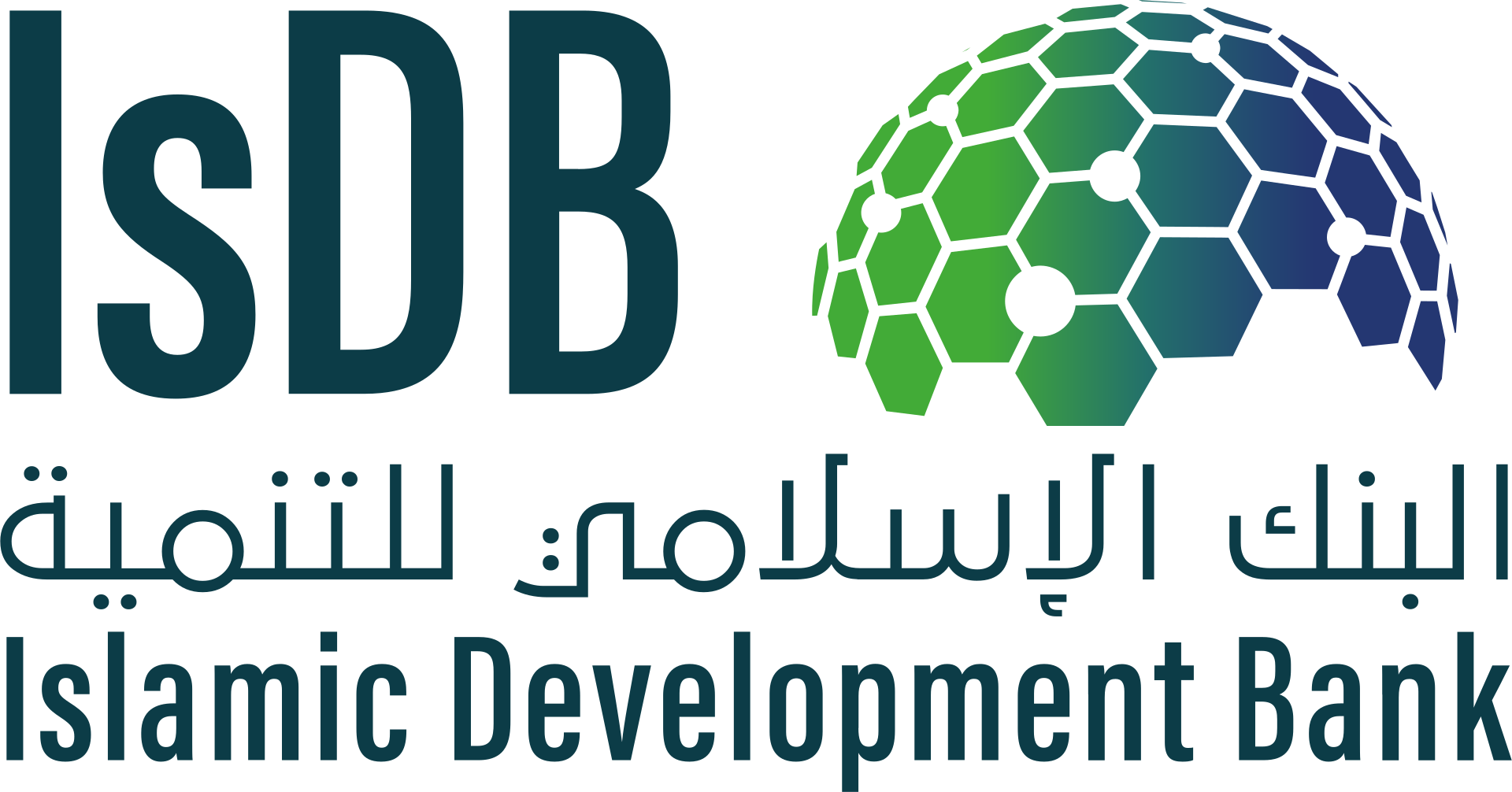

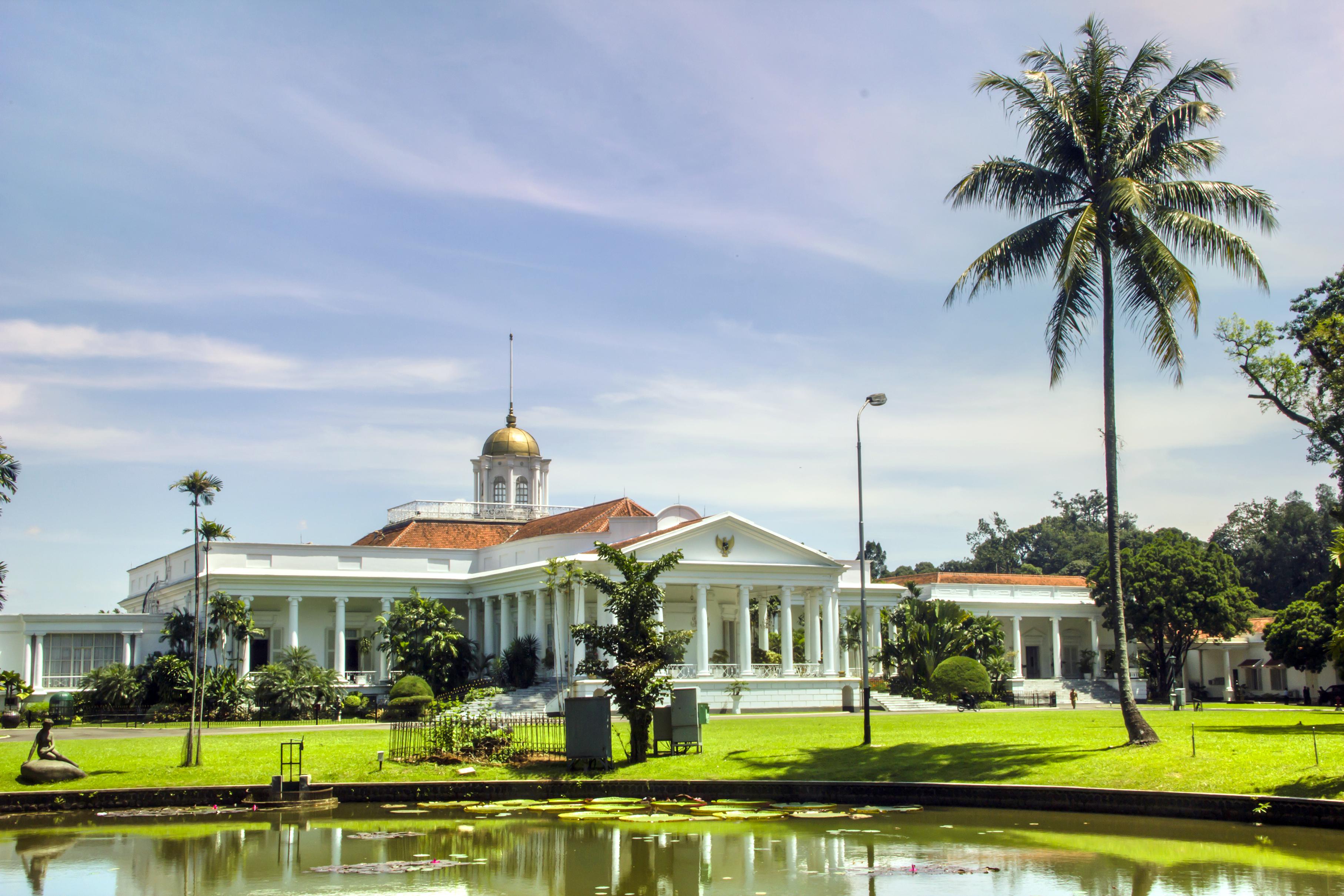

Jakarta /dʒa-/ (bis zur indonesischen Rechtschreibreform von 1972 Djakarta geschrieben) ist die Hauptstadt der Republik Indonesien. Mit 10,04 Millionen Einwohnern (2018)[3] in der eigentlichen Stadt ist sie die größte Stadt Südostasiens und mit etwa 34 Millionen Einwohnern (2019)[2] in der Metropolregion Jabodetabek der zweitgrößte Ballungsraum weltweit. Die Hauptstadt hat den Status einer Provinz und wird von einem Gouverneur regiert. Offiziell wird die Stadt unter Daerah Khusus Ibu Kota Jakarta (Besondere Hauptstadtregion Jakarta) aufgeführt.
Jakarta ist das politische, wirtschaftliche und kulturelle Zentrum des Landes sowie Verkehrsknotenpunkt mit Universitäten, Hochschulen, Theater und Museen. Die Bevölkerung der Stadt ist von vielfältiger Herkunft, so leben in ihr Menschen malaiischer, arabischer, indischer, niederländischer und chinesischer Abstammung.
ジャカルタ首都特別州(ジャカルタしゅととくべつしゅう、インドネシア語: Propinsi Daerah Khusus Ibukota Jakarta)、通称ジャカルタ(インドネシア語: Jakarta)は、インドネシアの首都であり同国最大の都市[1][2]。
人口は950万人を超えており、2016年の近郊を含む都市圏人口は3,120万人と、東京都市圏に次いで世界第2位[3]。世界屈指のメガシティであり、東南アジア有数の世界都市でもある。東南アジア諸国連合 (ASEAN)の事務局が置かれる[4]。
Jakarta (/dʒəˈkɑːrtə/; Indonesian pronunciation: [dʒaˈkarta] (![]() listen)), officially the Special Capital Region of Jakarta (Indonesian: Daerah Khusus Ibukota Jakarta), is the capital and largest city of Indonesia. Situated on the northwest coast of the world's most populous island of Java, it is the centre of economy, culture and politics of Indonesia with a population of more than ten million as of 2014.[5][8] Although Jakarta only covers 699.5 square kilometres (270.1 sq mi), the smallest among any Indonesian provinces, its metropolitan area covers 6,392 square kilometres (2,468 sq mi); it is the world's second most populous urban area after Tokyo, with a population of about 30 million as of 2010.[9] Jakarta's business opportunities, as well as its potential to offer a higher standard of living, have attracted migrants from across the Indonesian archipelago, making it a melting pot of numerous cultures.[10] Jakarta is nicknamed the "Big Durian", the thorny strongly-odored fruit native to the region,[1] as the city is seen as the Indonesian equivalent of New York (Big Apple).[11]
listen)), officially the Special Capital Region of Jakarta (Indonesian: Daerah Khusus Ibukota Jakarta), is the capital and largest city of Indonesia. Situated on the northwest coast of the world's most populous island of Java, it is the centre of economy, culture and politics of Indonesia with a population of more than ten million as of 2014.[5][8] Although Jakarta only covers 699.5 square kilometres (270.1 sq mi), the smallest among any Indonesian provinces, its metropolitan area covers 6,392 square kilometres (2,468 sq mi); it is the world's second most populous urban area after Tokyo, with a population of about 30 million as of 2010.[9] Jakarta's business opportunities, as well as its potential to offer a higher standard of living, have attracted migrants from across the Indonesian archipelago, making it a melting pot of numerous cultures.[10] Jakarta is nicknamed the "Big Durian", the thorny strongly-odored fruit native to the region,[1] as the city is seen as the Indonesian equivalent of New York (Big Apple).[11]
Jakarta /d͡ʒaˈkarta/ (en indonésien, Djakarta jusqu'à la réforme orthographique de 1972 ; en français, les deux formes se rencontrent encore) est la capitale de l'Indonésie. Elle constitue une subdivision de 1er niveau de même rang que les provinces sous le nom de territoire spécial de la capitale Jakarta, en indonésien Daerah Khusus Ibukota Jakarta. La ville est familièrement surnommée « le grand Durian », en particulier par les médias anglophones3, du nom de ce fruit emblématique de l'Indonésie.
Située à l'extrémité nord-ouest de l'île de Java, elle est traversée par le fleuve Ciliwung qui se jette dans la baie de Jakarta. Centre important des royaumes hindou-bouddhiques de Sunda puis de Pajajaran sous le nom de Kalapa, elle devient Jayakarta en 1527 après sa conquête par le sultanat de Banten. Les Néerlandais la rebaptisent Batavia en 1619 et en font la capitale de facto des Indes orientales néerlandaises. Le 17 août 1945, Soekarno et Mohammad Hatta proclament l'indépendance de l'Indonésie, la ville reprend alors le nom de Jakarta — qui à l'époque coloniale était resté dans la toponymie, comme l'indique le nom d'une route, Jacatraweg, « route de Jacatra » — et devient la capitale à la fin de la guerre d'indépendance en 1949.
Jakarta est une ville mondiale4, la ville intra-muros couvre une superficie de 664 km2 pour une population de 9 756 944 habitants en 20125 tandis que la conurbation appelée Jabodetabek, qui englobe également les villes voisines de Bogor, Depok, Tangerang et Bekasi, dépassait les 28 millions d'habitants en 2010, ce qui en fait la deuxième métropole la plus peuplée du monde juste derrière Tokyo. C'est à Jakarta que se trouve l'Indonesia Stock Exchange ainsi que le secrétariat général de l'association des nations de l'Asie du Sud-Est (ASEAN). Le port de Tanjung Priok et l'aéroport international Soekarno-Hatta, troisième aéroport d'Asie6, complètent la connexion de la métropole aux grands réseaux mondiaux.
Giacarta (AFI: /ʤaˈkarta/[1]; in indonesiano Jakarta o DKI Jakarta, già Batavia, Jayakarta, Djakarta, DKI Daerah Khusus Ibu kota, in italiano: La regione speciale della capitale di Giacarta) è la capitale e la principale città dell'Indonesia, situata sulla costa nordoccidentale dell'isola di Giava, con una superficie di 661,52 km² ed una popolazione di 10 075 310 abitanti al 2014.
Yakarta1 (en indonesio, Jakarta) es la capital y ciudad más poblada de Indonesia, situada en la isla de Java. En una superficie de 650 km² se concentra una población de 10,1 millones de personas,2 sumando hasta 30 millones en su área metropolitana. Yakarta es la cuarta ciudad más poblada del planeta y su área metropolitana es conocida como Jabodetabek (acrónimo para Jakarta, Bogor, Depok, Tangerang y Bekasi). Es el centro político, industrial y financiero del país.
La ciudad fue conocida a lo largo de su historia como Sunda Kelapa (397-1527), Jayakarta (1527-1619), Batavia (1619-1942) y Djakarta (1942-1972). Sus principales nexos de conexión con el exterior son el Aeropuerto Internacional Soekarno-Hatta y el Puerto de Tanjung Priok. Desde 2004, y bajo el gobierno de Sutiyoso, la ciudad estrenó un nuevo sistema de autobuses denominado «TransJakarta» y en 2007 vio como era abandonado su monoraíl. En Yakarta se encuentra la Bolsa de Indonesia, el Banco de Indonesia y el Monumen Nasional o Tugu Monas, la torre que simboliza la independencia de Indonesia.
Yakarta está gravemente amenazada por el aumento del nivel del mar debido al calentamiento global y al bombeo excesivo de aguas subterráneas, y en 2019 el gobierno anunció su decisión de trasladar la capital a otra ciudad.3
Джака́рта (индон. Jakarta, яв. Jakarta; до 1527 года — Сунда Келапа, до 1619 года — Джаякарта, до 1942 года — Бата́вия[3]) — особый столичный округ, столица и крупнейший город Индонезии. Расположена на северо-западе побережья острова Ява при впадении реки Чиливунг (Кали Бесар) в Яванское море.
 Essen und Trinken
Essen und Trinken
 Architektur
Architektur
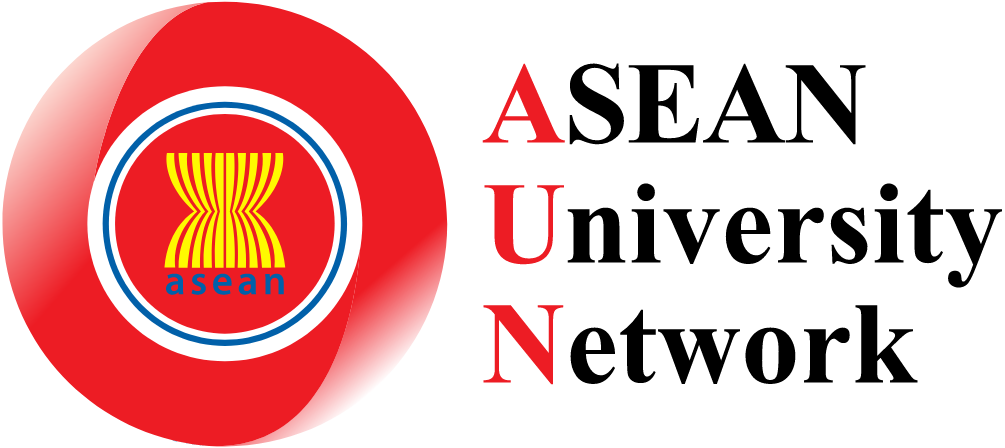 ASEAN-Universitäts-Netzwerk
ASEAN-Universitäts-Netzwerk
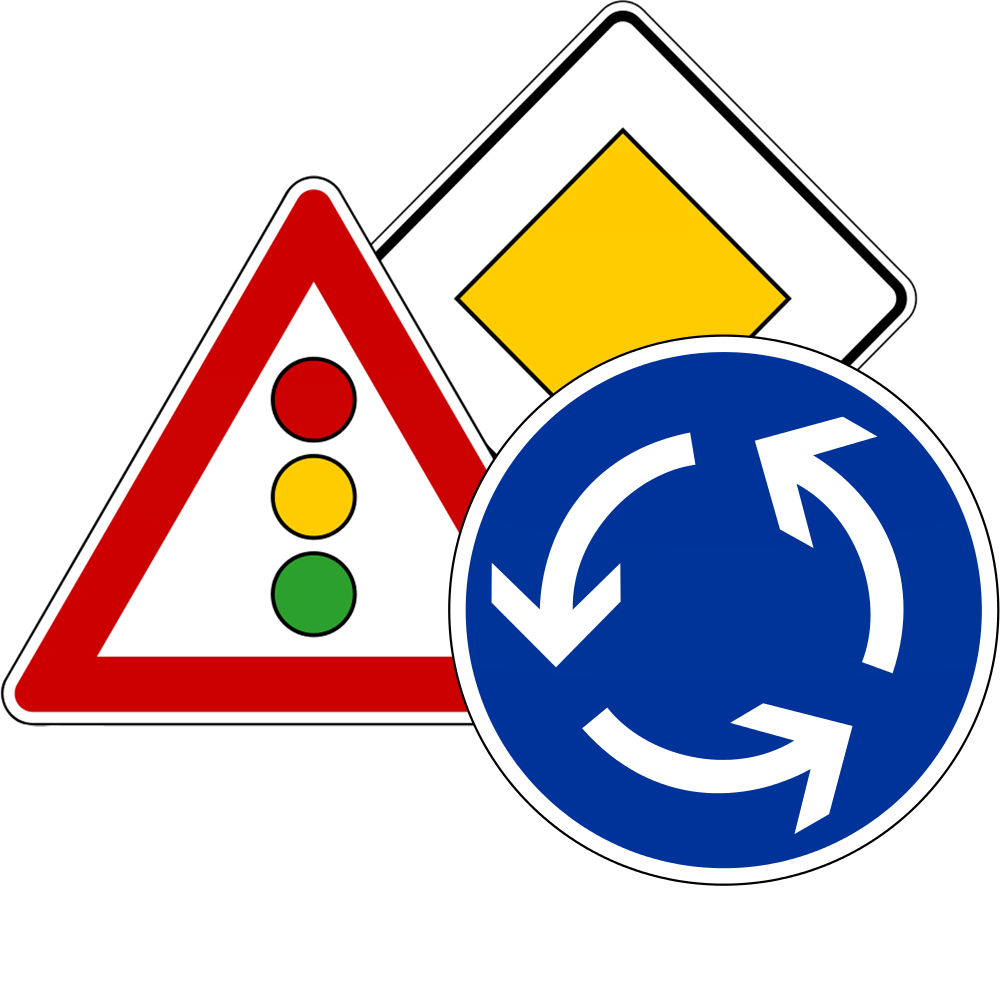 Fahrschule
Fahrschule
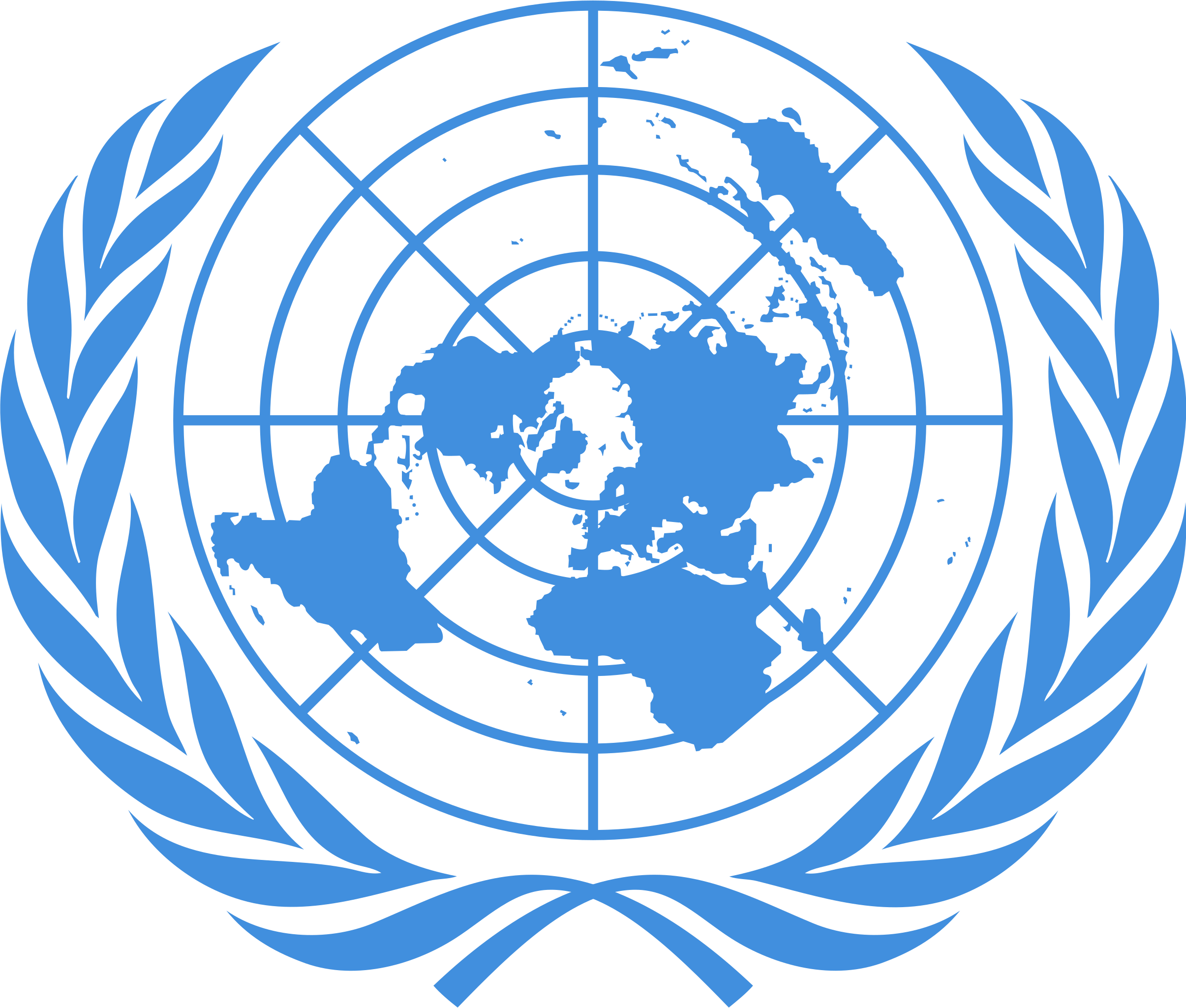 Vereinte Nationen
Vereinte Nationen
 Religion
Religion

 Internationale Städte
Internationale Städte
 Wichtiger Hafen
Wichtiger Hafen